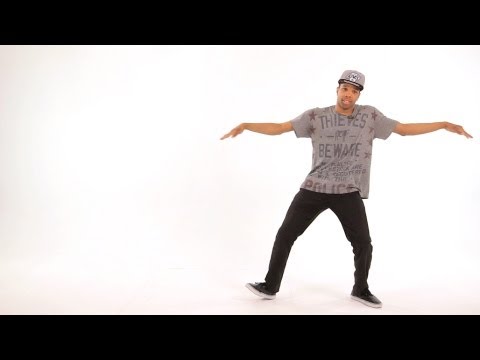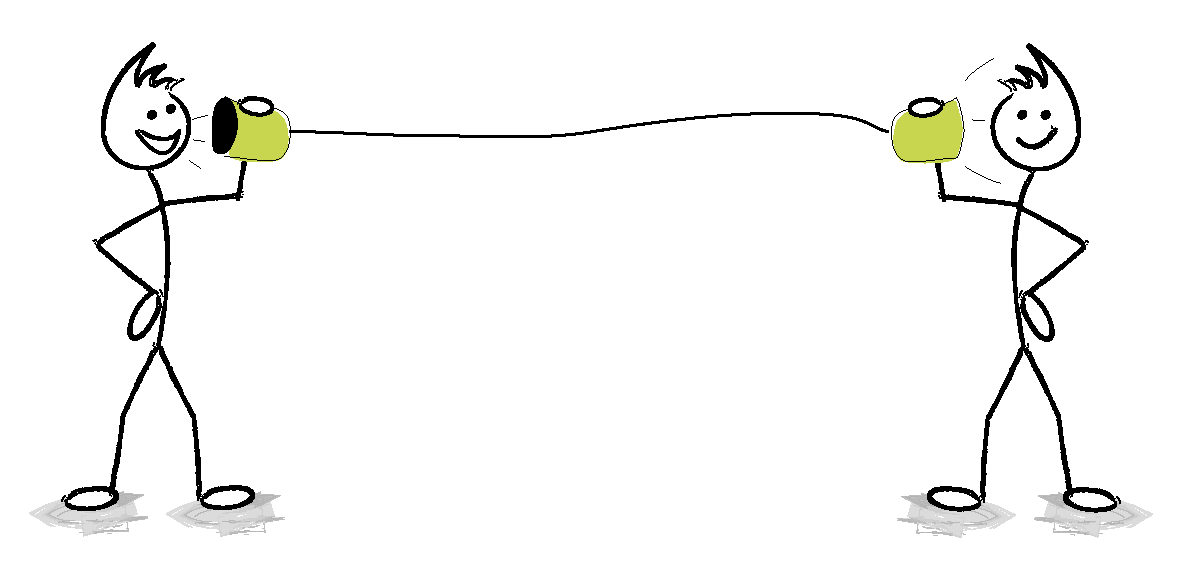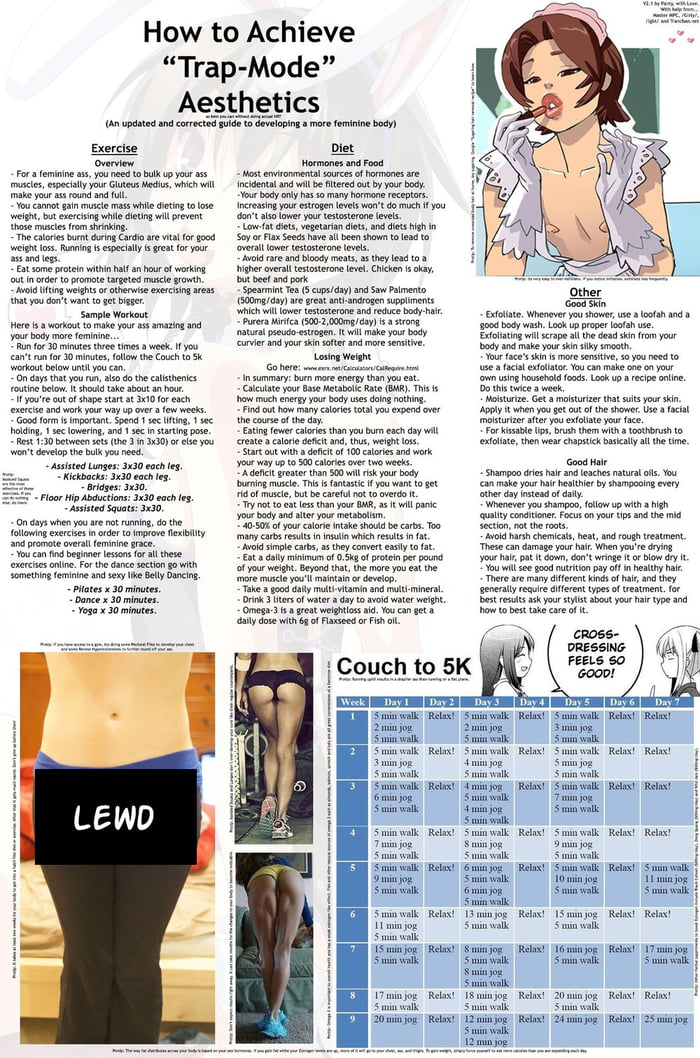How to gumboot dance
Narrative - Gumboot Dancing
Gumboot History
Picture from wikimedia.org
Gumboot dancing comes from South Africa workers who worked in the gold mines during the migrant labor system and oppressive Apartheid Pass Laws. During this time, workers were separated from their families and forced to work in harsh conditions (Gumboots: Rhythm is a Language ). The gold mines they worked in were completely dark and flooded. The flooding caused skin breakdown like ulcers and several diseases. Not only was their work environment harsh, but so was the rules or guidelines. Workers were chained to their work stations with shackles and not allowed to speak to one another while working months at a time. Many workers were killed during this work by accidents, while others were beaten and abused (South African: Gumboot Dance).
The Mine Worker's Uniform
Picture from soulsafari.worldpress.com
The flooding became a big problem because so many workers were getting ill. The bosses decided to take the cheaper route in dealing with the problem, so instead of draining the water they bought the workers rubber gumboots to prevent skin breakdown. Like the picture to the left, the workers uniform consists of hardhats, bandannas, jeans/overalls, and gumboots. With this uniform, the workers were not able to show their ethnic identity or carry on their traditions with their clothing, so they turned to another form of expression (South African: Gumboot Dance).
Communicating in the Gold Mines
Picture from soulsafari.worldpress.com
The workers began to express themselves by making rhythms and beats with their bodies, gumboots, and chains. They made the noises by slapping their boots (like the picture on the right), stomping their feet, and rattling their shackles. Not only did this express their ethnic identity by using their traditional songs and rhythms, but it helped them communicate in the workplace. The workplace was very dark and they were not able to speak to one another, so this was the only way to communicate with the other workers (South African: Gumboot Dance).
Gumboot Dancing Spreading out of the Workforce
Picture from spotistarehe.wordpress.com
Gumboot dancing started to spread outside of the gold mines and into the communities as a form of entertainment. As the dance became popular, the employers took the dancers and formed troupes to represent their company. They had the troupes perform to visitors and spread the good word about their company, but most of the performances were done in the workers own language. This allowed the dancers to express how they really felt by mocking their employers to their face and them not even knowing it. These performances lead to popularizing this style of dance to where it is performed worldwide today. This dance today is used to show the history of South Africa and as any form of dance, this style has been adapted to many new modern forms of dancing (South African: Gumboot Dance).
Step Dancing or "Stepping"
Picture by Dara Nikolova
Today gumboot is popular and has morphed into a different form of dance that is more modern called stepping.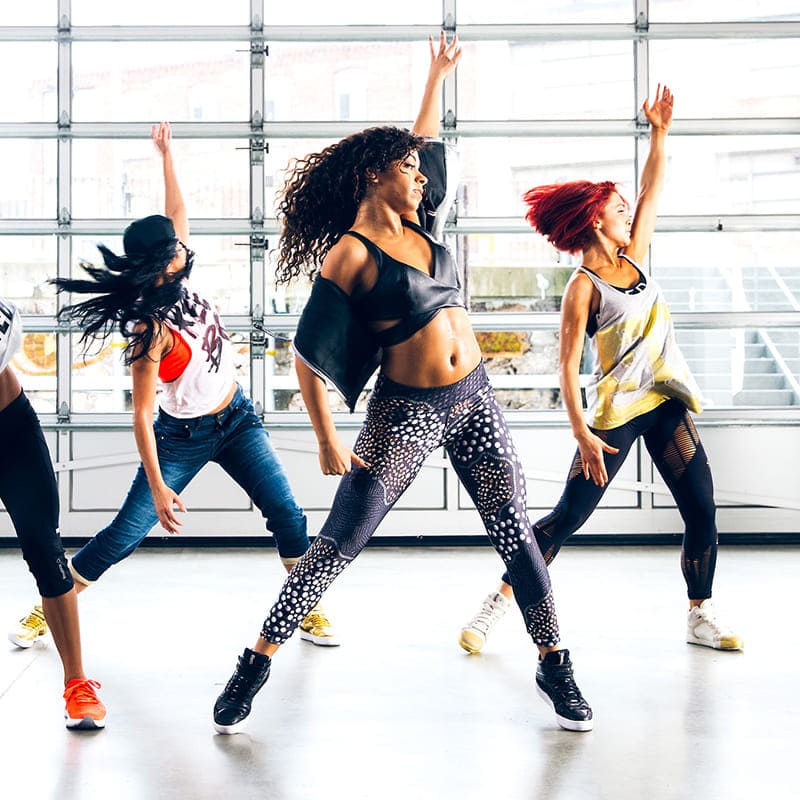 Stepping was created by African American college students. Stepping involves similar rhythms and instruments as gumboot dancing. Stepping involves using the body as the main instrument by stomping the feet, clapping the hands, and slapping different parts of the body to make rhythms. In stepping, the performers also use their voices to make the performance more expressive and dramatic. This style of dancing is very popular among sororities (picture on bottom right) and fraternities (picture to the left) at multiple universities across the United States. Just like gumboot dancing, stepping has also evolved and now is spreading into several communities all across America (Step Afrika!: What's Stepping?).
Stepping was created by African American college students. Stepping involves similar rhythms and instruments as gumboot dancing. Stepping involves using the body as the main instrument by stomping the feet, clapping the hands, and slapping different parts of the body to make rhythms. In stepping, the performers also use their voices to make the performance more expressive and dramatic. This style of dancing is very popular among sororities (picture on bottom right) and fraternities (picture to the left) at multiple universities across the United States. Just like gumboot dancing, stepping has also evolved and now is spreading into several communities all across America (Step Afrika!: What's Stepping?).
Picture by Anne Wernikoff
The Author's Thoughts
The reason I choose this dance was because I thought it had an interesting history and I wanted to learn more about it. The way they used the rhythms and beats to communicate to each other is very original and proved to be an effective way to express their feelings. I also choose this dance because I love to watch stepping and I wanted to learn the roots to the dance. When I watch gumboot dancing, I feel a sense of freedom and that I am able to express myself through dance and sound. When I think about the dancing, I think that these men were very brave to start this new form of communication with a strong authority over them and very creative. I can also imagine the hurt, pain, and anger these men must have felt while working these long hours and not being able to be free. I feel like slapping the boots was not only a form of communication, but also a way to let off steam and show emotions. My experience tells me that these men went through very hard times and were dying for a way to communicate and express themselves. I can't imagine being chained up, working months at a time, and working in the dark. The men also showed bravery and uniqueness. Overall, gumboot dancing comes from a difficult time in South Africa's history, but it has grown into an entertaining dance that brings communities all over the world together.
I also choose this dance because I love to watch stepping and I wanted to learn the roots to the dance. When I watch gumboot dancing, I feel a sense of freedom and that I am able to express myself through dance and sound. When I think about the dancing, I think that these men were very brave to start this new form of communication with a strong authority over them and very creative. I can also imagine the hurt, pain, and anger these men must have felt while working these long hours and not being able to be free. I feel like slapping the boots was not only a form of communication, but also a way to let off steam and show emotions. My experience tells me that these men went through very hard times and were dying for a way to communicate and express themselves. I can't imagine being chained up, working months at a time, and working in the dark. The men also showed bravery and uniqueness. Overall, gumboot dancing comes from a difficult time in South Africa's history, but it has grown into an entertaining dance that brings communities all over the world together. It also has built a foundation for other dances including stepping.
It also has built a foundation for other dances including stepping.
Dancing Through History - ArtsEmerson
Share This:
April 6, 2018 | Theatre,
With The Migration: Reflections on Jacob Lawrence‘s Boston run approaching quickly, dance is on the forefront of everyone’s mind here at ArtsEmerson, especially all the different styles of the art form that appear in Step Afrika’s! thrilling production. Because The Migration incorporates a variety of these disciplines, we’ve created a crash course to get you up to speed on three of the most prevalent dance-styles you’ll marvel at when you attend this show.
- The South African Gumboot Dance
Perhaps the most recognizable dance in the show, the gumboot dance originated during apartheid-era South Africa. The dance gets its name from the thick rubber rain boots (think modern day Hunter Boots) known as “gumboots” or “wellingtons” worn by migrant laborers who were employed in diamond and coal mines.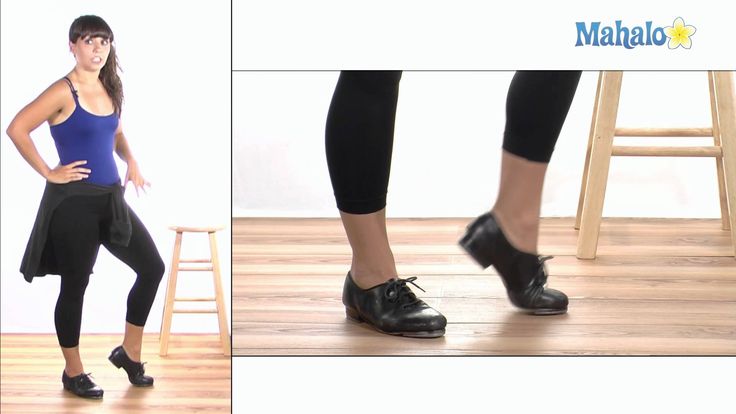 The apartheid government enacted laws that restricted these workers from speaking to one another, so they developed their own means of communication: using the sounds and stomps of their gumboots as a form of morse-code. The movement eventually transformed into a dance, which became particularly popular during the fight against apartheid and even became a protest symbol. Those involved in the Struggle would participate in the gumboot dance as a way to express their unification in the fight against the oppressive government. Even after the official end of apartheid in 1994, the gumboot dance remained a symbol of hope and solidarity. This dance made its way into popular culture as well, with Paul Simon writing a song titled “Gumboots” featured on his touchstone album Graceland. The formation of the gumboot dance marks a pivotal point in both the history of South Africa, as it symbolized the fight against a powerful regime, as well as in the history of dance, as it became the foundation for the development of step-dancing.
The apartheid government enacted laws that restricted these workers from speaking to one another, so they developed their own means of communication: using the sounds and stomps of their gumboots as a form of morse-code. The movement eventually transformed into a dance, which became particularly popular during the fight against apartheid and even became a protest symbol. Those involved in the Struggle would participate in the gumboot dance as a way to express their unification in the fight against the oppressive government. Even after the official end of apartheid in 1994, the gumboot dance remained a symbol of hope and solidarity. This dance made its way into popular culture as well, with Paul Simon writing a song titled “Gumboots” featured on his touchstone album Graceland. The formation of the gumboot dance marks a pivotal point in both the history of South Africa, as it symbolized the fight against a powerful regime, as well as in the history of dance, as it became the foundation for the development of step-dancing.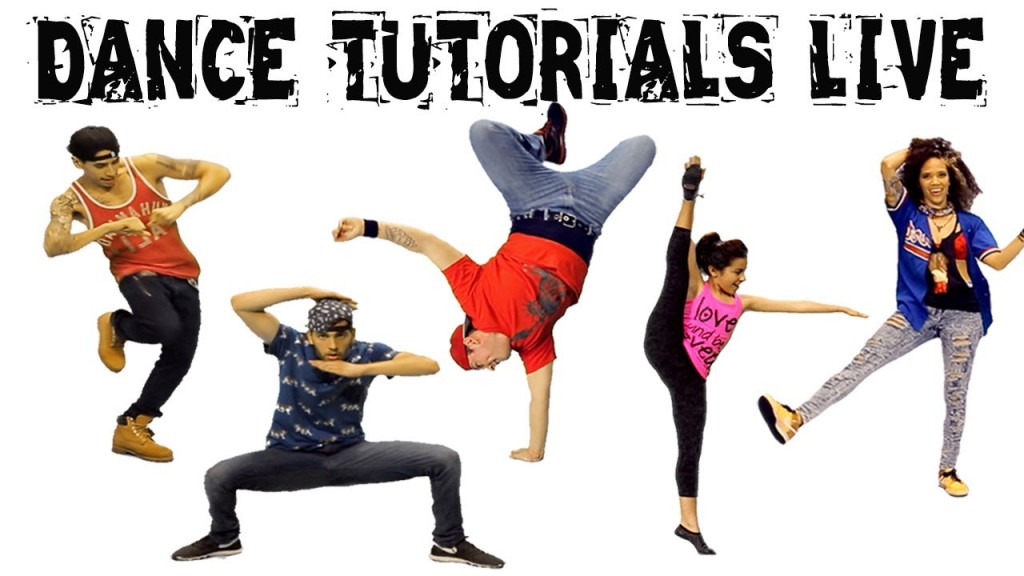
- Indlamu: Traditional Zulu Dance
The Migration also incorporates a dance known as Indlamu, which is a dance most closely associated with Zulu culture. Also originating from South Africa, indlamu is regarded as one of the most significant pieces of the Zulu identity, as this war dance remains untouched by Western influence. This dance is more meticulous than other Zulu dances as it mimics the movement of an imaginary battle. The dancer lifts one foot over their head and brings it down hard, landing squarely on the downbeat, typically accompanied by whistles and drums. Traditionally, those participating in the dance wear Zulu warrior apparel, like amabheshu (skins) and ceremonial belts while carrying swords and shields. Indlamu demonstrates the strength and physical ability of the Zulu people.
- Stepping
Stepping is the most significant and prevalent dance style used in The Migration—no surprise since the troupe’s name has the word “step” in it! Stepping developed primarily in historically black fraternities and sororities in the United States but the style derived much of its inspiration from traditional African foot dances (like gumboot and Indlamu). In the early 1900s during Greek life initiations, groups would rally around and sing songs about their fraternity or sorority, often times including claps and stomps. This tradition gradually turned into the dance style of stepping, which gained national popularity through different competitions, many of which are sponsored by the Pan Hellenic Council. Stepping has been portrayed in a number of different films like Stomp the Yard and Drumline. In addition, stepping has been performed at major events like President Bill Clinton’s inauguration (performed by Howard University’s Alpha Phi Alpha fraternity) and during the Opening Ceremony of the 1996 Summer Olympic Games. Although stepping originated in Greek life in the United States, the dance style has become popular around the world, with many countries and organizations participating in competitions.
In the early 1900s during Greek life initiations, groups would rally around and sing songs about their fraternity or sorority, often times including claps and stomps. This tradition gradually turned into the dance style of stepping, which gained national popularity through different competitions, many of which are sponsored by the Pan Hellenic Council. Stepping has been portrayed in a number of different films like Stomp the Yard and Drumline. In addition, stepping has been performed at major events like President Bill Clinton’s inauguration (performed by Howard University’s Alpha Phi Alpha fraternity) and during the Opening Ceremony of the 1996 Summer Olympic Games. Although stepping originated in Greek life in the United States, the dance style has become popular around the world, with many countries and organizations participating in competitions.
While gumboot, Indlamu, and stepping are dances that are appear in The Migration, they are far from being the only dance styles incorporated in the show. In fact, the show utilizes dozens of different dances, originating from West Africa to Chicago, Illinois and everywhere in between. Interested in seeing what other dances are performed by Step Afrika!? Come see the company’s exciting return to Boston with The Migration: Reflections on Jacob Lawrence from MAY 3 – 6 at the Emerson Cutler Majestic Theater. Tickets on sale now!
In fact, the show utilizes dozens of different dances, originating from West Africa to Chicago, Illinois and everywhere in between. Interested in seeing what other dances are performed by Step Afrika!? Come see the company’s exciting return to Boston with The Migration: Reflections on Jacob Lawrence from MAY 3 – 6 at the Emerson Cutler Majestic Theater. Tickets on sale now!
Yoair Blog - publication in the world blog on anthropology.
Message Views: 20.481
The rubber boot dance is rooted in the dark gold tunnels of South Africa's past. Unbeknownst to many, every move carries an anti-colonial tinge of defiance. This unique South African dance form originated in the 1890s among migrant workers in South Africa's gold mines.
Over a century ago, gold was discovered on the Witwatersrand in South Africa, known as the mineral revolution. During this period, South Africa produced over 25 percent of the world's gold. Urban areas appeared around the mines, which housed the workers. As a result, the era of modernity has come. She forever changed the social landscape of South Africa.
As a result, the era of modernity has come. She forever changed the social landscape of South Africa.
Impact of the mining industry on South Africa
Diamonds, railways and mining were the three major industries influencing urbanization in South Africa. Immigrants from all over the world went to work in the mining areas. However, the South African government was run by a white minority. They responded to the threat of a stable urban black population by passing Act 1913 years on the lands of the indigenous people. Consequently, the amount of land blacks could own was limited. As a result, blacks were dispossessed of their land, making it impossible for them to care for their families.
In addition, the government introduced new taxes that left the tribesmen no choice but to leave their villages to work in the city. Then, to make matters worse, the government realized that it could exploit black workers by offering them work in the mines and paying them far less than white workers.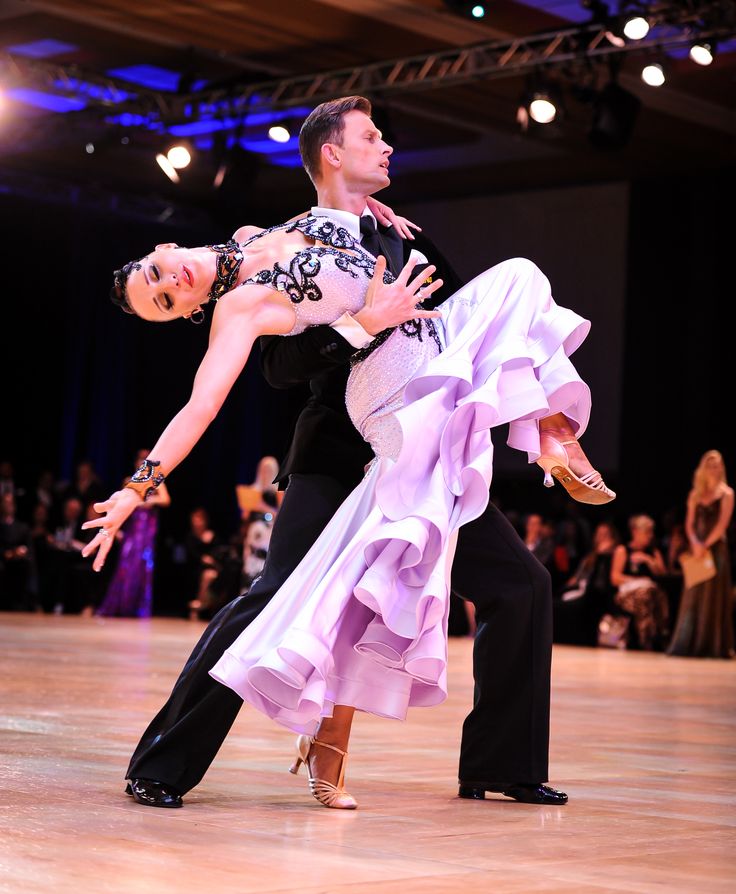
Harsh conditions
Johannesburg was the epicenter of the gold rush. Therefore, the tribesmen left their villages and went to the cities to work in these mines. However, since permanent residence in cities was forbidden, they lived in mining bunkers. They were given contracts ranging from three to twelve months and could only return home after their contracts were completed. Occasionally, special leave was allowed for family events such as weddings and funerals.
During the apartheid era, the conditions associated with gold mining deteriorated. The movement of black miners was limited by passes. Trade unions were formed for white miners to allow them higher wages and working conditions, and only white people did skilled work. However, blacks were not allowed to form unions.
Witwatersrand miners worked hard and harsh conditions away from their families. All the miners brought with them from their villages were their hopes for a better future and their traditions.
The evolution of rubber boots dancing
The origin of rubber boots
Pre-colonial dance was traditionally performed without shoes. Thus, the introduction of shoes by missionaries to the indigenous people of South Africa is associated with the origin of the common name for the dance, rubber boots. The traditional name for the Gumboot dance is Isicathulo . It is pronounced eesee-ca-too-lo which means "shoes".
Mining bunkers housed representatives of different nationalities in the same block. This contributed to internal divisions between different races and ethnic groups. Consequently, mine managers had to homogenize the wealth of cultural diversity represented by the miners. As a result, all the symbols of their cultural heritage, including shoes, clothes and jewelry, were replaced by uniform overalls.
By the end of the 19th century, wellington boots became fashionable. gold mines in South Africa. The mines often flooded.-Step-11.jpg/aid7826390-v4-728px-Do-the-Maxie-Ford-(Tap-Dance-Step)-Step-11.jpg) So, workers were issued boots to protect their feet from dampness and potentially dangerous working conditions. They became known as rubber boots.
So, workers were issued boots to protect their feet from dampness and potentially dangerous working conditions. They became known as rubber boots.
Coded language
The miners were shackled and forbidden to talk to each other while working in the dark underground tunnels. If they did, they were punished. Dressed in rubber rubber boots, they came up with a way to communicate. This led to them slapping their boots in Morse code.
Through this method of communication, they could protest against poor working conditions, low living wages, and the poor housing system in the mines. Later they added rhythm and music as a means of expression. The language became a dance based on subtle, non-aggressive protest as the miners danced about their problems. Through a series of boot-slaps, clapping and stomping, they were free to express themselves.
Soon the miners created routines symbolizing the repressive characters in the mines. For example, they will imitate the behavior of black police officers and bosses. As a result, they were able to openly ridicule their oppressors, who were oblivious to the underlying meaning of this art form. When their voices were shackled, the rubber boots dance gave them a momentary sense of freedom.
For example, they will imitate the behavior of black police officers and bosses. As a result, they were able to openly ridicule their oppressors, who were oblivious to the underlying meaning of this art form. When their voices were shackled, the rubber boots dance gave them a momentary sense of freedom.
Rooted in tradition
What has become a form of communication for miners underground has taken "body language" to a whole new level. This inspired an entirely new form of dance. The rubber boot dance has become a mixture of various tribal influences, including Bhaka, Yao, Zulu, Xhosa, and many others.
When the miners started banging and stomping their boots to communicate underground, they still retained their tribal roots and traditions. They soon added music and dance to their traditional rhythms. Since they could not express their culture and traditions through clothing, they had a new form of expression.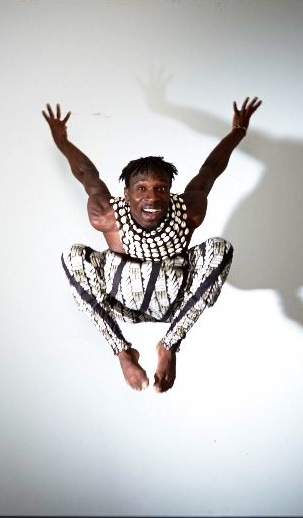 The rubber boot dance became an opportunity to dress up and express one's cultural roots. From its original purpose of communication, it has evolved into a well-known social activity. The workers began to execute it in their free time.
The rubber boot dance became an opportunity to dress up and express one's cultural roots. From its original purpose of communication, it has evolved into a well-known social activity. The workers began to execute it in their free time.
Initially, the mine bosses banned the rubber boots dance. But soon they began to appreciate and encourage it. The mine bosses also staged public competitions, thankfully ignoring the codified protests. It was known at the time as a black, predominantly male dance genre.
The rubber boot dance involves whirlingEntertainment on board
The rubber boot dance has spread beyond the workplace into the community. Later, mining bosses began to support the rubber boot dance as a form of competitive dance. It was allowed for recreational purposes, especially for tourists and visitors. Competitive dancing in rubber boots has made a significant contribution to the transformation of the dance style. It evolved from social dances to highly structured dance routines, often performed in purpose-built arenas.
By the 1930s, the rubber boot dance had evolved from its original form of communication. It became a formal activity that shaped the common cultural identity of the various ethnic groups in the mines. This style of dance flourished through the encouragement of competition, especially when monetary awards were given. Mining bosses encouraged rubber boot dancing competitions that included prizes in the form of food incentives and later cash bonuses.
Noisemakers tremble as rubber boot dancers stomp on the groundMovements and performance
Variety of rubber boots dances
Procedures were handed down from the mines to the various communities of miners who lived in the bunkers. From generation to generation, the steps were passed down orally. Thus, the rubber boot dance has absorbed many influences and is, by its very nature, organic.
Characteristics of the rubber boots dance
Modern rubber boots dance is most often staged and performed for the public. But traditionally this dance style was not created for the audience. Rubber boots are adorned with bells or other noisy items attached to them to enhance the impact of the rhythm and beat.
But traditionally this dance style was not created for the audience. Rubber boots are adorned with bells or other noisy items attached to them to enhance the impact of the rhythm and beat.
The rubber boot dance is a series of strong movements. They set the tone for a performance that draws in the audience. Forming long sets and circles is a common practice. This style of dance uses the circle as a means of audience participation, especially in earlier performances in "yard" and mining communities.
Gumboot Dance Performance
Traditionally, the rubber boot dance involves several dancers moving together as one. First, the leader of the team is ahead of the dance team and enters the space of the performance with a stylized gait. He keeps his arms outstretched at the sides of his body. He is dressed a little differently than the others, they all dress the same. Then all the dancers circle around the open space in the arena. They then move into a fixed straight line where the leader and musicians stand apart from the rest of the team.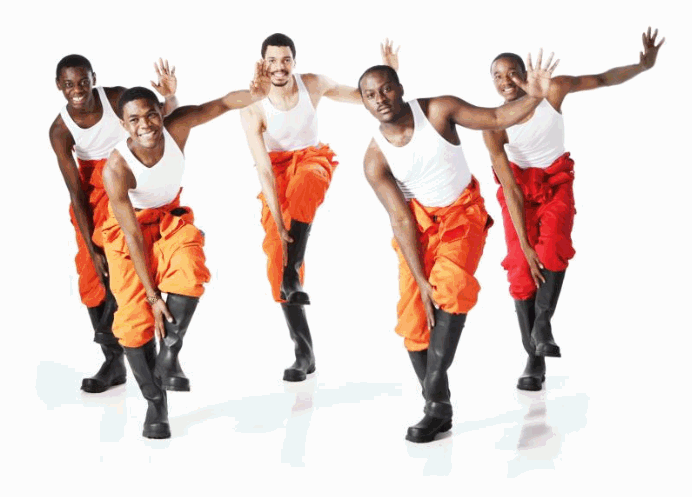 The rest of the dancers react quickly to the leader, who usually calls out various commands in an almost military manner.
The rest of the dancers react quickly to the leader, who usually calls out various commands in an almost military manner.
Wellington dances rely on a dance troupe to emphasize individuality. This manifests itself in two ways: individual improvisation and group individuality. Somewhere in the middle of the collective performance of "amadoubles" the host will call "singles". This is the signal for highly competitive solo performances by individual members of the team. This gives them the opportunity to showcase their improvisation skills. Improvisations by individual dancers are a common practice in any wellington dance performance and emphasize the strength and virtuosity of the dancers. The more coins thrown at the soloist, the better the spectacle will be.
Mixed Wellington Dance Company on stageModern Wellington Dance
Wellington dance has undergone significant changes since its introduction in the late 1800s. As a result, it is now a working-class, South African art form that is universally popular. The dancers expand on the traditional steps by adding modern moves, music and songs. It also includes various modifications to shoes and clothing, including mufflers and other sounds.
The dancers expand on the traditional steps by adding modern moves, music and songs. It also includes various modifications to shoes and clothing, including mufflers and other sounds.
Unlike its roots, the rubber boot dance is no longer limited to a place, a target, or a person. It can be found on school playgrounds, street corners, sporting events and concert venues around the world. Its original purpose of communication has been transcended and developed into a highly sophisticated and prized dance style. Also, it is no longer limited to black men as women also participate in rubber boot dances. Wellington dances represent a unique bond that crosses geographic, ethnic, gender, and racial boundaries.
Moreover, the rubber boot dance moved beyond the audience and included education in the performing repertoire. Post-apartheid education has undergone significant changes, along with an emphasis on traditional music and dance in schools. Non-profit organizations have used rubber boot dance styles to mentor troubled young people.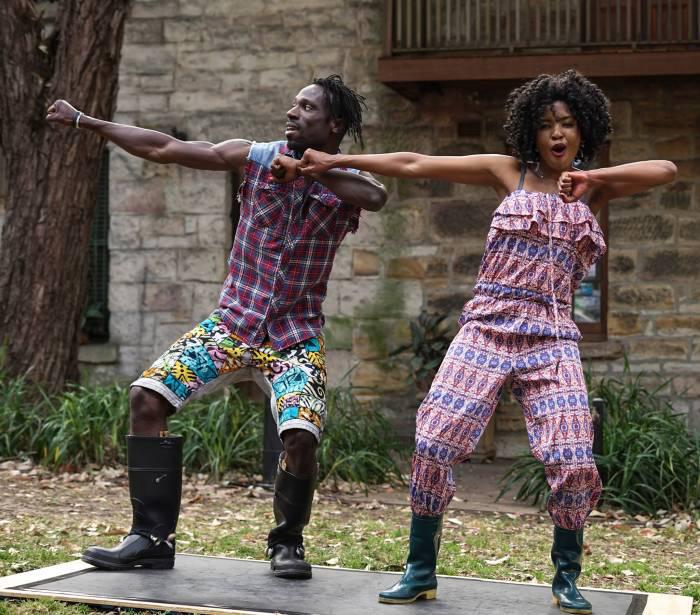 It is now used as a creative and tactile learning tool.
It is now used as a creative and tactile learning tool.
Meaning of the Wellington Dance
Cultural Significance
Born from the dangers of racial discrimination, the Wellington Dance thrived on the collective struggle of black people. Artists dramatize a historical experience in which their ancestors or relatives were central participants. Thus, it is a living artifact of the daily life of the miners. Different nationalities and cultures have led to the formation of this art form. So, the rubber boot dance serves as a gateway to the exploration of cultural diversity in general, because it is an example of the positive impact of cultural diversity on different environments, especially the arts.
However, black South Africans are still immersed in a culture and value system that cannot appreciate the deep and multi-layered meanings of African social traditional dance. As a result, these values are gradually lost.
Political Significance
Initially, the Gumboot dance was a very simple need for communication. Therefore, many accounts of South African dance bands overlook the dance's deeper social and political significance. It has become a symbol of the resilience and determination of self-expression of the South African people.
In many ways, the rubber boot dance was a symbol and omen of apartheid. The early rubber boot dance represented a challenge for black people to totalitarian white rule. The strong movements of the dancers represented the struggle of black South Africans for equal rights and cultural identity. It tells a visual historical story about the reality of oppression. Those who participate in the struggle will participate in the rubber boots dance to express their unity in the fight against the oppressive government.
Two members of the gumboot dance troupe take center stageCultural significance in anthropology
The South African government has designated the gumboot dance as a national treasure.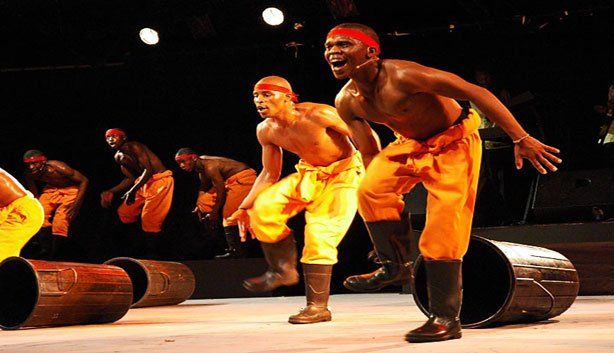 The artists wear rubber boots and hard hats to pay homage to those who went down the path of oppression before them. Now it is performed by professional and amateur groups around the world.
The artists wear rubber boots and hard hats to pay homage to those who went down the path of oppression before them. Now it is performed by professional and amateur groups around the world.
The rich symbolism of the rubber boot dance effectively conveys the pluralistic society in which he was born. It also reflects the social and political changes in its country of origin. In the context of South Africa, the rubber boot dance serves to demonstrate the reconciliation of ethnic groups and overcome cultural barriers set by political and social constructions. The main message of Gumboot dancing: "Hope for a better future" is still felt at every turn. Therefore, it will always be a symbol of hope and solidarity.
References
African music. 1999 International Library of African Music. Vol. 7(4), pp. 88-109.
Fox, ENd Gumboot dancing.
Golden Restaurant. 2015. History of rubber boot dancing in South Africa.
Knapp, F. 2018. Dancing in the Morse Code Mine: A Language Born in Darkness.
Mason National Federation 2019. Gumboot Dancing and Steppin': Origins, Parallels and Use in the Classroom and Send to Slavery to emancipation . Eastern Kentucky University.
Muller, Carol and Topp-Farjohn, Janet. 1999. Gumboots, Bhaka Migrants and Fred Astaire: The Dance and Music Style of South African Workers. African Music: Journal of the International African Mushi Library pp, 7, 88-109.
LIKE:
like Loading...
Men's folk dance boots sole rubber KDC
Javascript is disabled in your browser.
14-55 business days.
Check availability with the manager.
Basic colors: black, red, white
Outer material: genuine leather
Inner material: cotton
Insole: leather lining
Sole: solid, black leather fiber, prevention, without arch support
Heel: stacked 9000 s3 27 to 33.5 - 1.8 cm,
34 to 46 - 2 cm
Closure: no
Shaft height: 25 - 38 cm
Shaft height may vary depending on size chosen
Size range: 27 - 46 (18 cm - 30.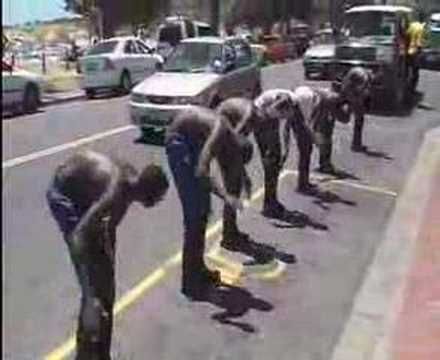 5 cm)
5 cm)
Nikolai Kovalenko's folk boots are suitable for folk-characteristic dance, historical and folklore performances and performances. The footwear is made of genuine leather, internal furnish for ease and convenience is made of organic cotton. A successful block and a stable stacked heel will allow you to feel confident in the dance.
Sole prophylaxis (knurling) is a protective material attached to the factory sole, which reduces the wear of the sole, reduces slipping, helps to better retain heat and prevent the foot from getting wet.
Recommended for shoes that are intended for performances not only indoors, but also outdoors.
Leather is a porous rubber of a leather-like appearance, inside of which there is a special filler of fibrous origin. Leatherette is very similar to leather. Its distinguishing feature is increased durability and wear resistance. It is durable, reliably resists abrasion, does not deform when exposed to temperatures, and is convenient and comfortable to use.

